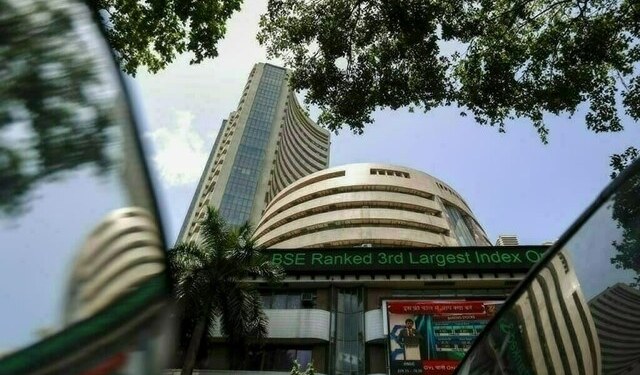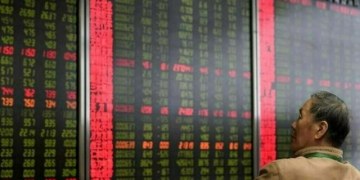LONDON: Oil prices steadied on Tuesday, supported by Canadian production losses and uncertainty over Libyan exports, but under pressure from climbing OPEC supply and escalating trade conflicts between the United States and other major economies.
Brent crude was up 10 cents at $74.83 a barrel by 1045 GMT. U.S. light crude was down 10 cents at $67.98.
Brent, the global benchmark, was driven up by uncertainty about oil exports by Libya, a member of the Organization of the Petroleum Exporting Countries.
Eastern Libyan commander Khalifa Haftar’s forces have given control of oil ports to a separate National Oil Corporation (NOC) based in the country’s east.
The official state-owned oil company from the capital Tripoli, also called NOC, will no longer be allowed to handle that oil, he said.
“The move increases the risk that Libyan oil output will be shut in as the NOC in Tripoli is the only legal entity with the right to sell oil,” said Sukrit Vijayakar, director of energy consultancy Trifecta.
Production problems at one of Canada’s largest oil sands facilities drove front-month U.S. crude to its highest premium above second-month futures since 2014.
Higher feedstock crude oil prices, as well as surging fuel exports from China, have pulled down Asian refinery product margins to two-year lows.
Uncertainty over Libya’s exports follows a move by OPEC and other oil producers to increase supply by around 1 million barrels per day (bpd).
Oil markets have tightened significantly since 2017, when OPEC and its partners started withholding supply to prop up slumping prices.
But some analysts think oil markets will stay tight.
“Despite the OPEC agreement (last week) we believe that tight supply is likely to drive oil prices higher during 2018,” said Jason Gammel of U.S. investment bank Jefferies.
Bank of America Merrill Lynch (BoAML) said Brent could rise to $90 a barrel by the second quarter of 2019.
But BoAML said the effects of the global trade dispute between the United States and other major economies including the European Union and China were gradually taking effect.
In a sign of what may lie ahead for economic growth, the escalating trade fight has already led to sharp sell-offs in stock markets, especially in Asia.
“We estimate a demand drop of 44,000 bpd for every 1 percent drop in global trade,” BoAML said.
Source: Brecorder



























